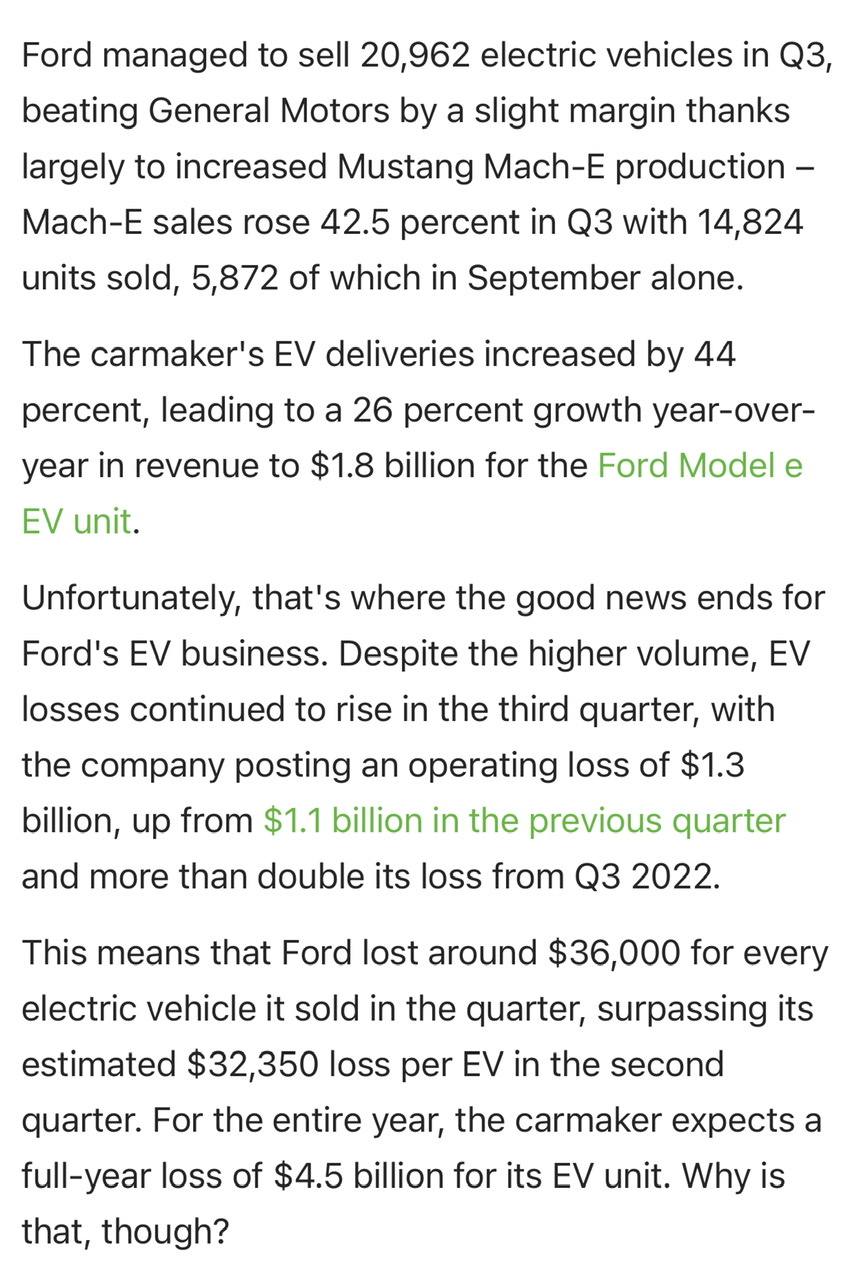So here is what is really funny. We are all anxious to argue with Chuck2. If you look at the article he bases his posts on it is date April 2022. I looked it up, in March of 2022 Natural gas was $4.95 a gigajoule. As well you could still get a five year contract at under 7 cents a kilowatt then. Since March of 2022 there was a $10 per tonne increase in the carbon tax on April 1, 2022 and a $15 a tonne increase to the carbon tax April 1, 2023. Now this of course is the consumer carbon tax, the one Trudeau exempts for certain areas of Canada when his popularity plummets, not sure how this affects the provincial TIER carbon price. As well about 1000 megawatts of solar and 1500 megawatts of wind have been added to Alberta’s grid since April of 2022. So his article is really meaningless. But Chuck2 will be satisfied as we took the bait again.
Announcement
Collapse
No announcement yet.
WHY ARE POWER PRICES SO DARN HIGH? in Alberta
Collapse
Logging in...
Welcome to Agriville! You need to login to post messages in the Agriville chat forums. Please login below.
X
-
So the concentration and market mark up disappeared?
So you have a better handle on the electricity market in Alberta than the economists at the U of C? LOL
Comment
-
 Guest
Guest
So, if carbon tax pays most people back more than what they have paid in , why did numbnuts make his voters that are struggling with the high cost of living, in the far east exempt ?Originally posted by chuckChuck View PostSo the concentration and market mark up disappeared?
So you have a better handle on the electricity market in Alberta than the economists at the U of C? LOL
Kinda makes these lefty profs look pretty stupid , wouldn’t you say ?
Comment
-
Alberta has its own carbon tax program on large emitters. The federal one doesn't apply.
And the U of C economist calculated the impact on electricity prices and the largest impact by far was market mark up.
Comment
-
Read it again!
APRIL 2022
The School of Public Policy
University of Calgary Downtown Campus
906 8th Avenue S.W., 5th Floor
Calgary, Alberta T2P 1H9
WHY ARE POWER PRICES SO DARN HIGH?
Blake Shaffer, David Brown & Andrew Eckert
It’s a question we keep hearing from Albertans. In this Policy Trends, we leverage new
research to break down what’s behind Alberta’s rising power prices.
In 2021, Alberta’s wholesale power price more than doubled, rising from roughly $48 per
MWh (5 cents per kWh) in 2020 to over $105. For many Albertans, nearly half of whom who
are on a floating rate tied to the wholesale market, this led to shockingly high bills.
Some have pointed to transmission as the reason for high power bills. And while it’s true
delivery fees have risen substantially over the past 10 years, now making up a large part of a
typical bill, they’re not the reason for the large and sudden jump in prices. Others point to
the federal carbon tax, an oft-used fodder for complaints. But the federal carbon tax doesn’t
even apply to the electricity sector. The provincial large emitter program, TIER, does apply
but it turns out the change from 2020 to 2021 only had a small effect on prices.
So to properly answer what’s driving power prices we constructed a model, or what-if
scenario, based on every available power plant offering power into the market at their
marginal cost. It tells us where prices would be in a (fictional) perfectly competitive world.
We can then see what happens when we change certain inputs. Here’s what we find:
• First, the mix of power plants changed in 2021, with many coal plants converting to natural
gas. Also, the hourly shape of load differs between the years. Both factors combine to raise
our “benchmark price†by about $2.50/MWh (0.3c/kWh).
• Second, demand was nearly 3% higher in 2021 versus the year before. Higher demand
means more costly power plants are needed to keep the lights on. This adds $10/MWh
(1c/kWh) to our competitive benchmark.
• Third, natural gas prices—a key input to most power plants in Alberta—rose by over 60%.
Higher gas prices mean higher costs to generate power. This adds $7/MWh (0.7c/kWh).
• Next, the provincial “TIER†carbon price increased by $10/tonne. Despite the attention,
this adds only a small amount, roughly $2.50/MWh (0.3c/kWh).
All told, these changes to the cost to generate power account for $22 of the $57/MWh price
increase. So what’s behind the other $35?
The answer lies in how Alberta’s power market
differs from much of the rest of Canada. In other provinces, regulated utilities pass on all
their costs to consumers through regulated rates. Whereas in Alberta, generators compete
in an open market, with no guarantee the revenue they earn will be sufficient to recoup their
fixed costs of investing in power plants. To do so, they need to earn revenues over and above
their marginal costs of generating power.
In 2020, the difference between the realized market price and what we get from our model
with all firms offering at their marginal cost—what we call the “market markupâ€â€”was only
$9/MWh. In 2021, this markup nearly quintupled: to $44/MWh—a change of $35/MWh.
Why the sudden jump? The end of Alberta’s 20 year PPAs (Power Purchase Arrangements)
left control of more power plants in the hands of fewer power companies. This increase in
market concentration, coupled with a generally tighter market overall, means firms can more
easily exercise market power and profitably raise their offer prices.
So, what does this mean for Alberta’s power market? On this, views will differ. Some will
respond with calls to re-regulate. Others will note that occasional periods of high prices are
needed for generators to recoup their fixed costs. After a period of low prices for the past 6
years, firms may be seizing the opportunity to earn a return on their investments. Over time,
it is expected that market power will get disciplined by new entry. And we’re seeing this, with
thousands of megawatts currently in the development queue, but it will take time. In our
view, the end of the PPAs and the resulting pop in prices raises important questions about
the degree of market concentration and the potential benefits of forward contracting.
In the meantime, consumers wishing to be removed from the cut and thrust of wholesale
power markets would do well considering a fixed rate for their power. Even with the runup in
prices, fixed rates look attractive relative to floating rates for at least the next year.
Comment
-
Don’t get too excited Chuck. We may pay a few pennies less for electric here in Sask but we pay a whole bunch more PST than our western friends that would more than cover the difference in electricity!
Comment
-
Most Albertans are paying a lot more for electricity in their deregulated market than their "socialist" cousins in Saskatchewan's regulated market with monopoly provider Sask Power!
And the primary reason Albertans are paying more is the power companies are taking excess markup whenever they can get away with it! LOL
Nothing like a little political karma that bites Albertans in the ass via their pocketbook.
The good thing is renewables have a huge cost advantage that has made Alberta into the hottest market for renewables in the country! The market is always right? Right?
Oh the irony! LOLLast edited by chuckChuck; Oct 31, 2023, 06:55.
Comment
- Reply to this Thread
- Return to Topic List




Comment